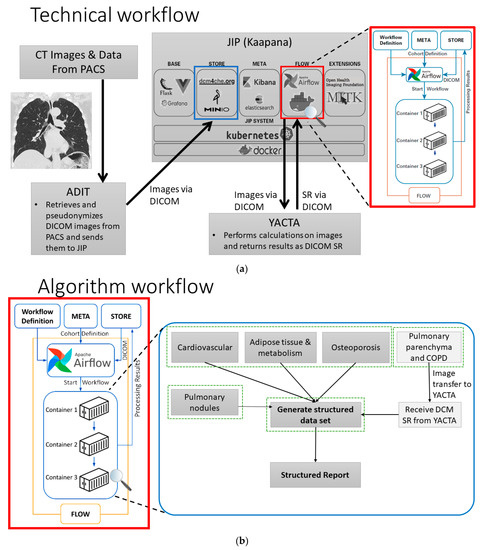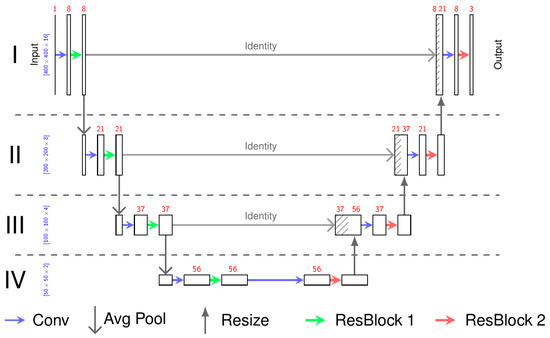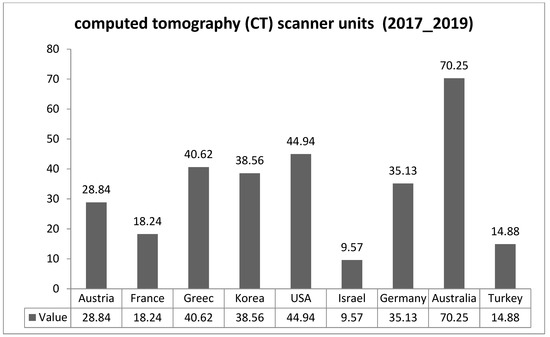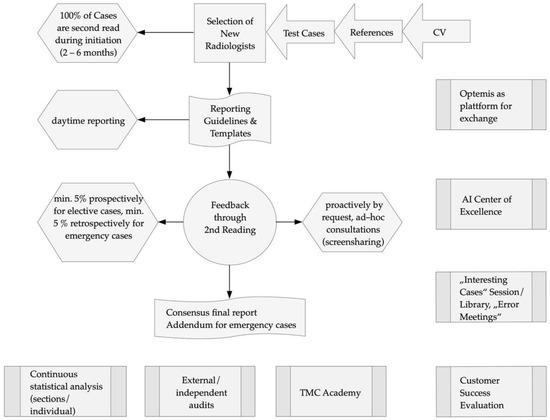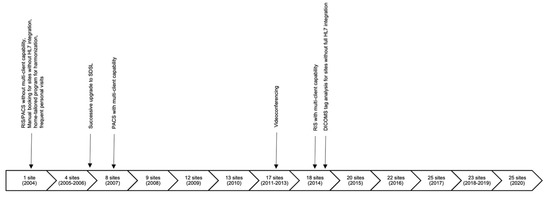Radiology-Driven Projects: Science, Networks, and Healthcare
A topical collection in Healthcare (ISSN 2227-9032).
Submission Status: Closed (19 August 2025) | Viewed by 67102Editor
Topical Collection Information
Dear Colleagues,
In the last decade, radiological imaging has ventured far beyond providing diagnoses to individual patients treated by individual clinicians. Digital imaging has been a prerequisite for this. It was enabled very early, with the first issue of the DICOM standard “Digital Imaging and Communications” in 1985. The early digital competence originating there was used by radiology in various ways: for whole-body MR imaging of large healthy populations providing insights into the natural history of disease; for connecting radiology departments in hospitals and private practices, thus providing radiological services nationally and internationally; for using imaging in networks focusing on single diseases, stroke and breast cancer among them. Use of digital imaging outside of treating individual patients is also a powerful enabler of Artificial Intelligence (AI) in radiology.
This Special Issue of Healthcare is dedicated to offering an overview of these activities. Topics which will be included include (1) teleradiological networks; (2) population-based MR imaging projects; (3) screening programs making use of imaging, e.g., for patients at high risk of breast cancer and lung cancer screening programs; (4) networks making use of CT to care for patients with stroke and other diseases; (5) imaging used in other branches of science; (6) international research networks.
Groups from all specialties are encouraged to submit original research, project reports, short reports, reviews, and opinion papers.
Prof. Dr. Norbert Hosten
Guest Editor
Manuscript Submission Information
Manuscripts should be submitted online at www.mdpi.com by registering and logging in to this website. Once you are registered, click here to go to the submission form. Manuscripts can be submitted until the deadline. All submissions that pass pre-check are peer-reviewed. Accepted papers will be published continuously in the journal (as soon as accepted) and will be listed together on the collection website. Research articles, review articles as well as short communications are invited. For planned papers, a title and short abstract (about 250 words) can be sent to the Editorial Office for assessment.
Submitted manuscripts should not have been published previously, nor be under consideration for publication elsewhere (except conference proceedings papers). All manuscripts are thoroughly refereed through a single-blind peer-review process. A guide for authors and other relevant information for submission of manuscripts is available on the Instructions for Authors page. Healthcare is an international peer-reviewed open access semimonthly journal published by MDPI.
Please visit the Instructions for Authors page before submitting a manuscript. The Article Processing Charge (APC) for publication in this open access journal is 2700 CHF (Swiss Francs). Submitted papers should be well formatted and use good English. Authors may use MDPI's English editing service prior to publication or during author revisions.
Keywords
- MR imaging
- computed tomography
- artificial intelligence
- teleradiology
- MR imaging in population-based projects
- stroke networks
- breast cancer surveillance
- lung cancer screening
- drug resorption
- research networks











